
LOADING ...
In response to evolving domestic opinion, eMedals Inc has made the conscious decision to remove the presentation of German Third Reich historical artifacts from our online catalogue. For three decades, eMedals Inc has made an effort to preserve history in all its forms. As historians and researchers, we have managed sensitive articles and materials with the greatest of care and respect for their past and present social context. We acknowledge the growing sentiments put forth by the Canadian public and have taken proactive actions to address this opinion.
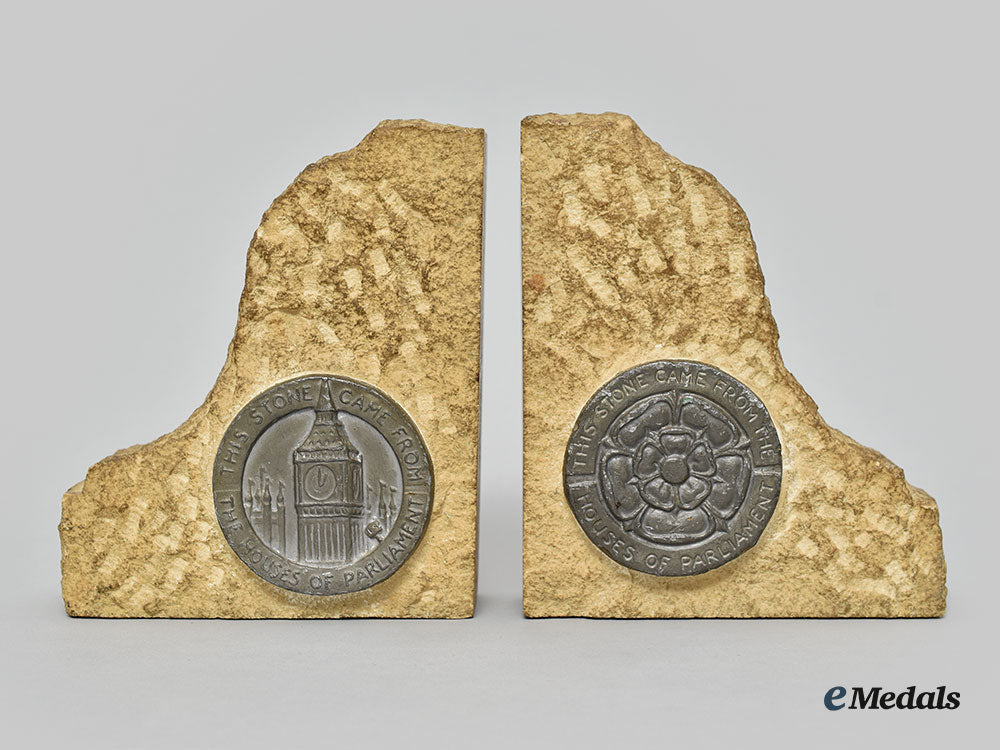
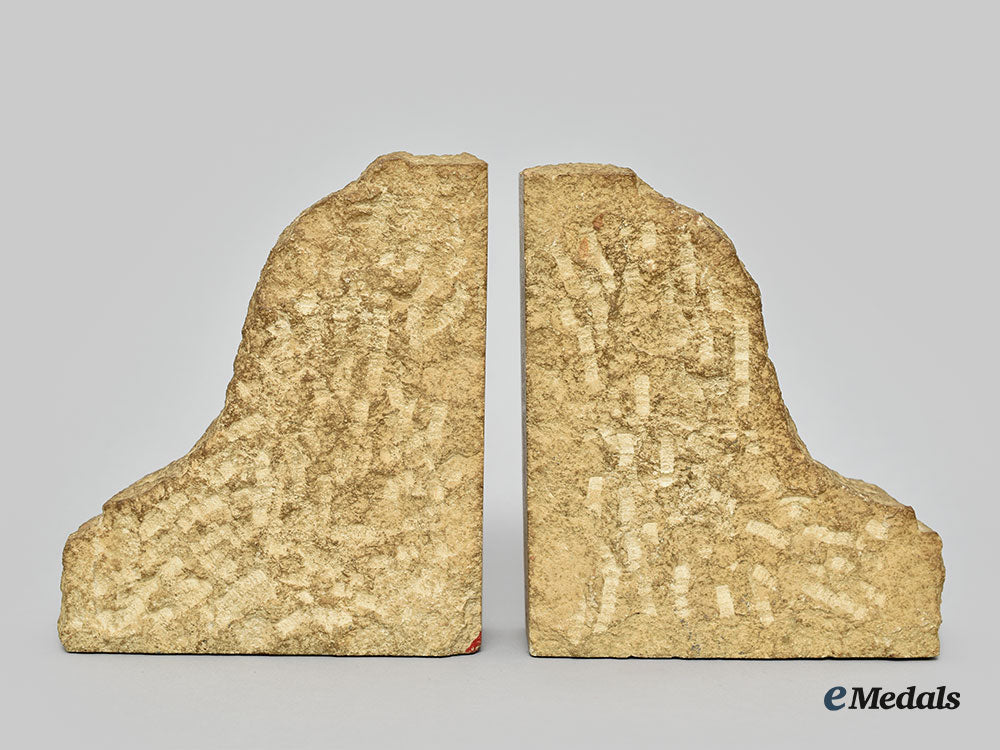
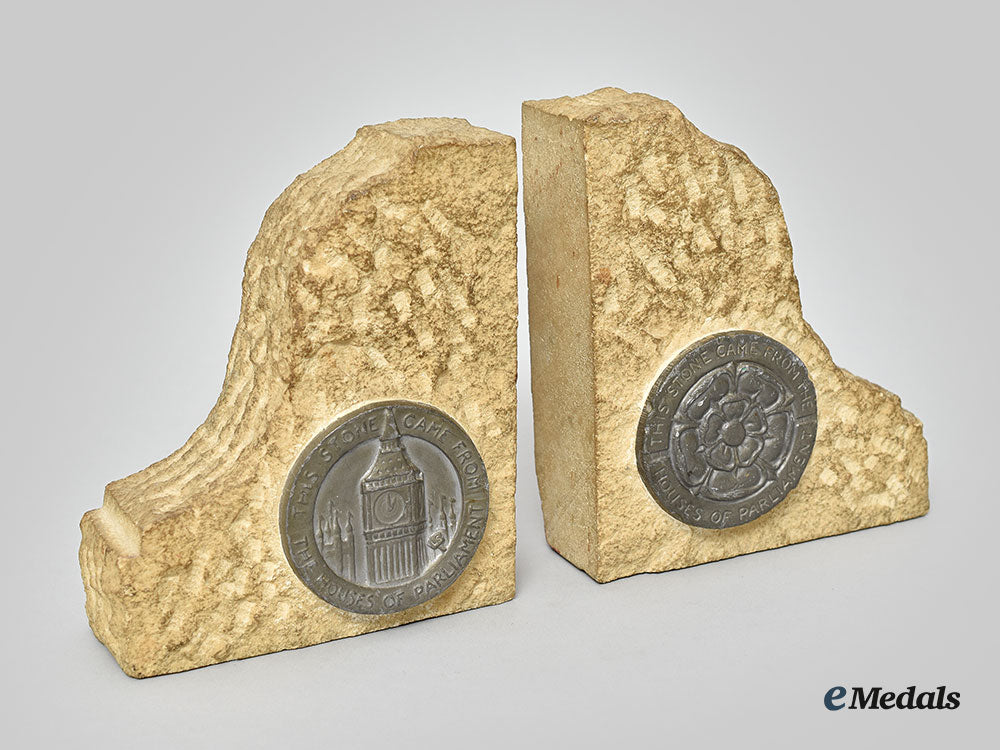
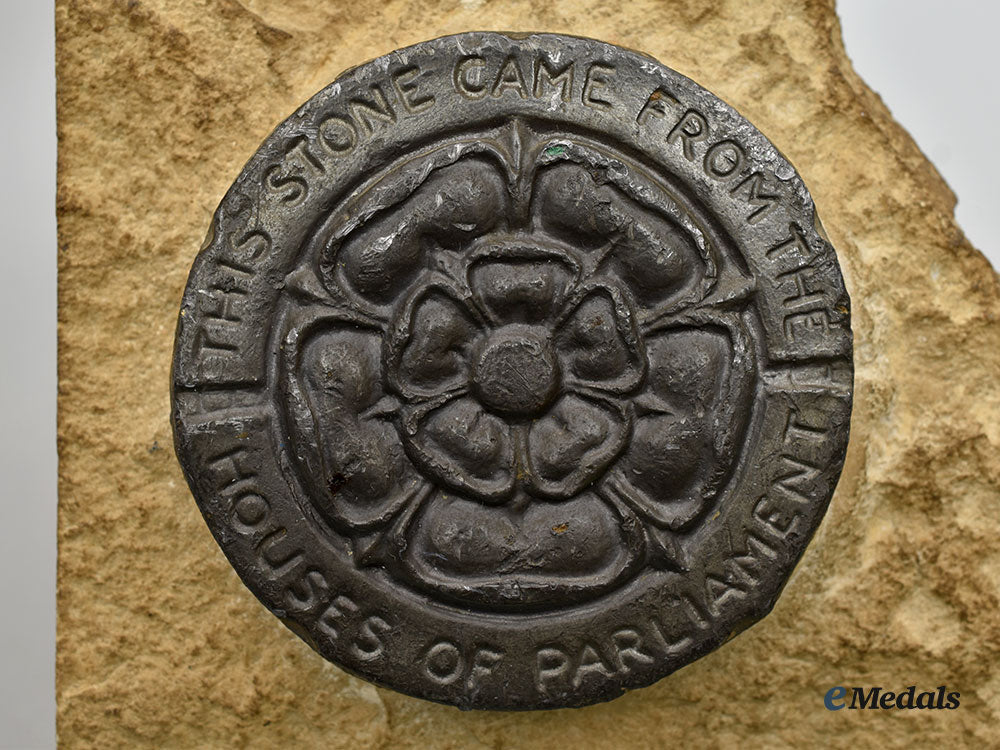
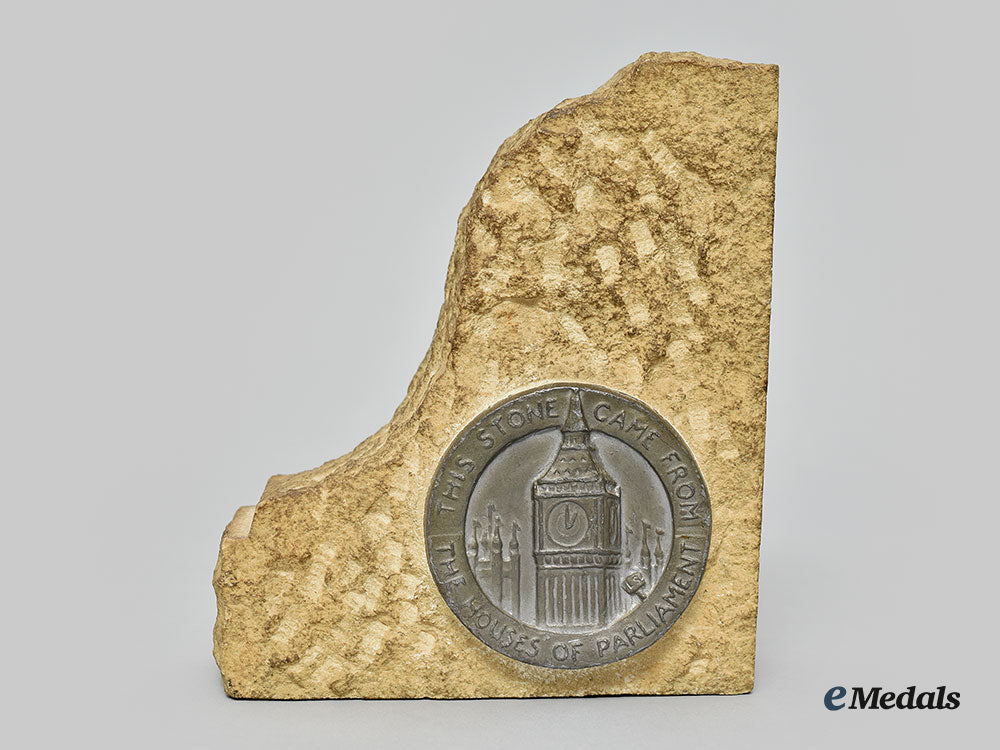
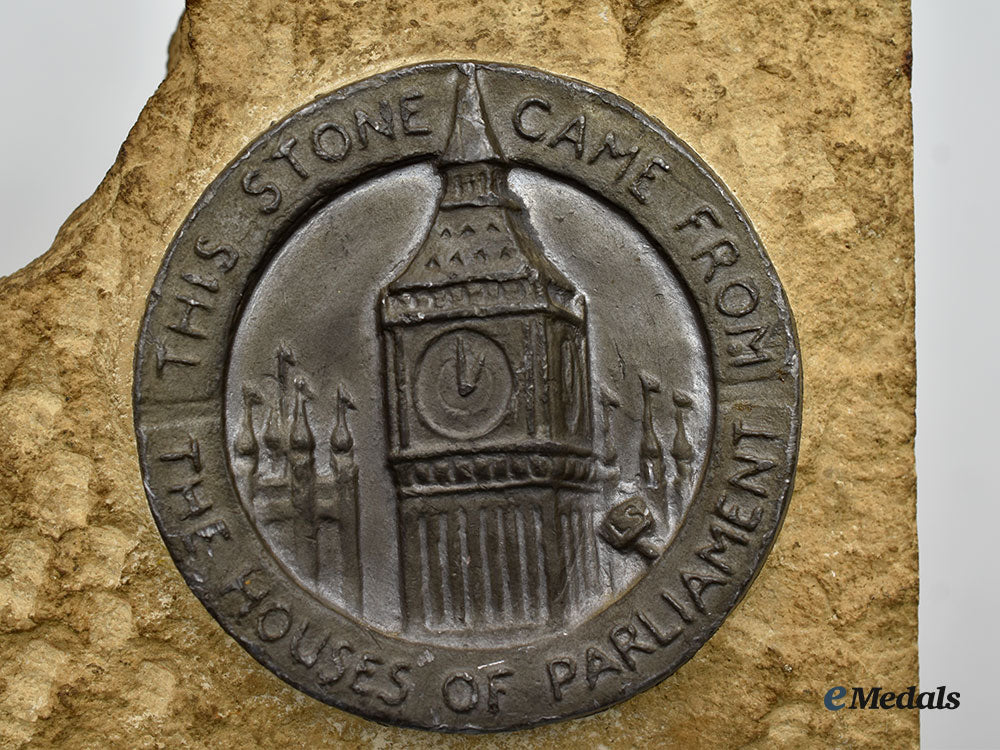
United Kingdom. A Pair Of Bookends Manufactured From Limestone And Obtained From The Houses Of Parliament
United Kingdom. A Pair Of Bookends Manufactured From Limestone And Obtained From The Houses Of Parliament
SKU: ITEM: M0547-7
Current Bid:
Your Max Bid:
Bid History:
Time Remaining:
Couldn't load pickup availability
Shipping Details
Shipping Details
eMedals offers rapid domestic and international shipping. Orders received prior to 12:00pm (EST) will be shipped on the same business day.* Orders placed on Canadian Federal holidays will be dispatched the subsequent business day. Courier tracking numbers are provided for all shipments. All items purchased from eMedals can be returned for a full monetary refund or merchandise credit, providing the criteria presented in our Terms & Conditions are met. *Please note that the addition of a COA may impact dispatch time.
Shipping Details
eMedals offers rapid domestic and international shipping. Orders received prior to 12:00pm (EST) will be shipped on the same business day.* Orders placed on Canadian Federal holidays will be dispatched the subsequent business day. Courier tracking numbers are provided for all shipments. All items purchased from eMedals can be returned for a full monetary refund or merchandise credit, providing the criteria presented in our Terms & Conditions are met. *Please note that the addition of a COA may impact dispatch time.
Description
Description
Footnote: The Palace of Westminster was built with a sand-coloured limestone from the Anston Quarry in Yorkshire. In 1839, a committee including the architect Charles Barry, two leading geologists and a stone carver toured the country looking at quarries and buildings. Anston stone was chosen because it was cheaper and could be supplied in blocks up to four feet thick and lent itself to elaborate carving. However, the stone quickly began to decay as a result of atmospheric pollution from coal burning in London and the poor quality of the material used. Although these defects in the choice of stone were visible as early as 1849, very little was done to prevent its decline during the nineteenth century. Barry himself experimented with various compositions on the stone and believed that the decay had been halted.
During the 1920s, it was clear that something had to be done, especially when a large fragment fell off the Victoria Tower and members on the Terrace were advised to sit near the river rather than underneath the main wall of the building. In 1928, it was deemed necessary to use Clipsham stone, a honey-coloured limestone from the Medwells Quarry in Rutland, to replace the decayed Anston. A restoration project began in the 1930s, but it was brought to a halt during the Second World War and was completed only in 1960. The effects of these repair works and the addition of new stone nevertheless began to make the Palace appear like a patchwork quilt. By the 1960s, questions about it were being asked in the House of Commons.
By the 1970s, the effects of pollution were again visible, and a new programme of stone-cleaning and restoration was started in 1981: the north, west, and south fronts, the riverfront and the Clock Tower were completed by 1986. The Victoria Tower, whose cleaning was completed in 1994, was the last part of the exterior to be dealt with. Of the inner courts, the Speaker's Court was the first to be tackled, with the work beginning in January 1994.
Shipping Policy: An additional shipping charge may be applicable at or following time of purchase due to size, weight, and/or quantity.
Description
Footnote: The Palace of Westminster was built with a sand-coloured limestone from the Anston Quarry in Yorkshire. In 1839, a committee including the architect Charles Barry, two leading geologists and a stone carver toured the country looking at quarries and buildings. Anston stone was chosen because it was cheaper and could be supplied in blocks up to four feet thick and lent itself to elaborate carving. However, the stone quickly began to decay as a result of atmospheric pollution from coal burning in London and the poor quality of the material used. Although these defects in the choice of stone were visible as early as 1849, very little was done to prevent its decline during the nineteenth century. Barry himself experimented with various compositions on the stone and believed that the decay had been halted.
During the 1920s, it was clear that something had to be done, especially when a large fragment fell off the Victoria Tower and members on the Terrace were advised to sit near the river rather than underneath the main wall of the building. In 1928, it was deemed necessary to use Clipsham stone, a honey-coloured limestone from the Medwells Quarry in Rutland, to replace the decayed Anston. A restoration project began in the 1930s, but it was brought to a halt during the Second World War and was completed only in 1960. The effects of these repair works and the addition of new stone nevertheless began to make the Palace appear like a patchwork quilt. By the 1960s, questions about it were being asked in the House of Commons.
By the 1970s, the effects of pollution were again visible, and a new programme of stone-cleaning and restoration was started in 1981: the north, west, and south fronts, the riverfront and the Clock Tower were completed by 1986. The Victoria Tower, whose cleaning was completed in 1994, was the last part of the exterior to be dealt with. Of the inner courts, the Speaker's Court was the first to be tackled, with the work beginning in January 1994.
Shipping Policy: An additional shipping charge may be applicable at or following time of purchase due to size, weight, and/or quantity.
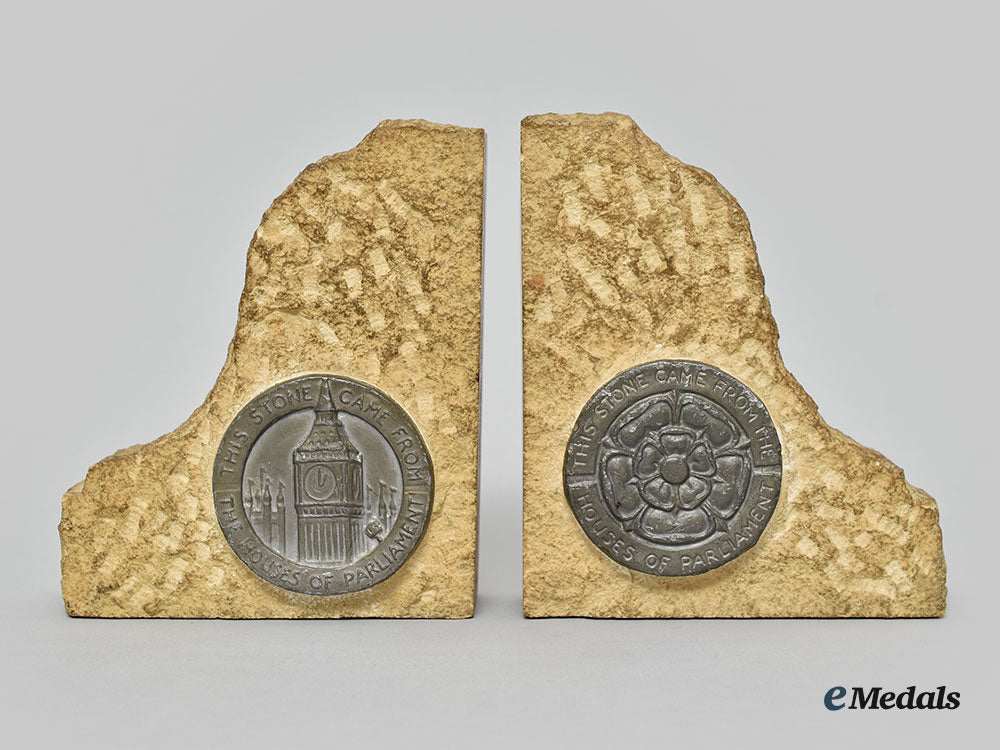

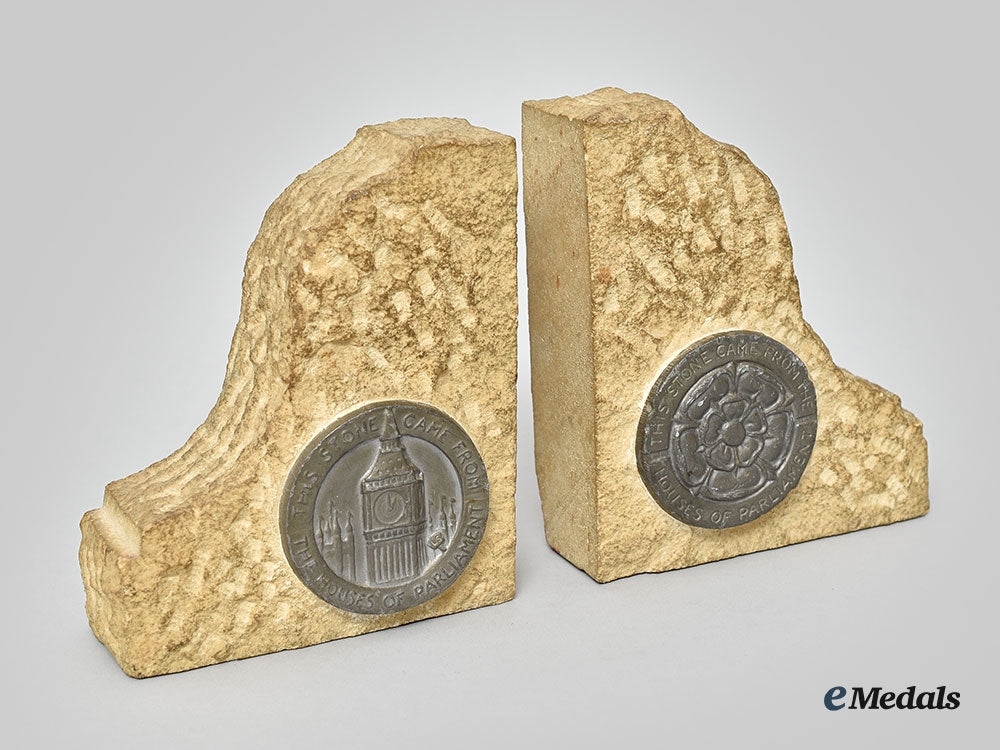
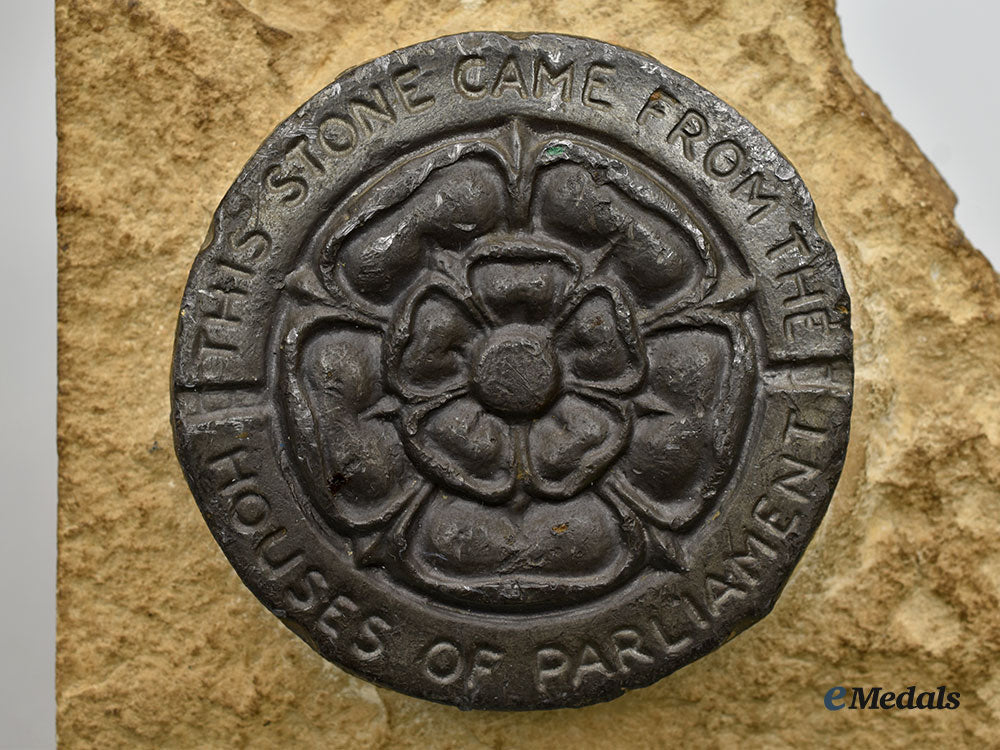


You May Also Like
Germany, HJ. A 1938 National Trade Competition Victor’s Badge, Gold Grade in Case, By Gustav Brehmer
G60096
Italy, Republic. An Order of Merit of the Italian Republic, Grand Cross Set by Johnson, 1970
EU23677
Spain, Franco Period. An Order of Civil Merit, Grand Cross Set
EU23731
Russia, Imperial. An Order of St. Anne, II Class in Gold
EU23720
Austria, Imperial. An Order of the Iron Crown, III Class in Gold, by Rothe, c.1900
EU23723
-
Germany, HJ. A 1938 National Trade Competition Victor’s Badge, Gold Grade in Case, By Gustav Brehmer
G60096
Add to CartRegular price $3,950 USDRegular price $0 USD Sale price $3,950 USDUnit price / per -
Italy, Republic. An Order of Merit of the Italian Republic, Grand Cross Set by Johnson, 1970
EU23677
Add to CartRegular price $950 USDRegular price $0 USD Sale price $950 USDUnit price / per -
Spain, Franco Period. An Order of Civil Merit, Grand Cross Set
EU23731
Add to CartRegular price $600 USDRegular price $0 USD Sale price $600 USDUnit price / per -
Russia, Imperial. An Order of St. Anne, II Class in Gold
EU23720
Add to CartRegular price $2,950 USDRegular price $0 USD Sale price $2,950 USDUnit price / per -
Austria, Imperial. An Order of the Iron Crown, III Class in Gold, by Rothe, c.1900
EU23723
Add to CartRegular price $3,950 USDRegular price $0 USD Sale price $3,950 USDUnit price / per
Do you have a similar item you are interested in selling?
Please complete the form and our client care representatives will contact you.
Sell Item
















